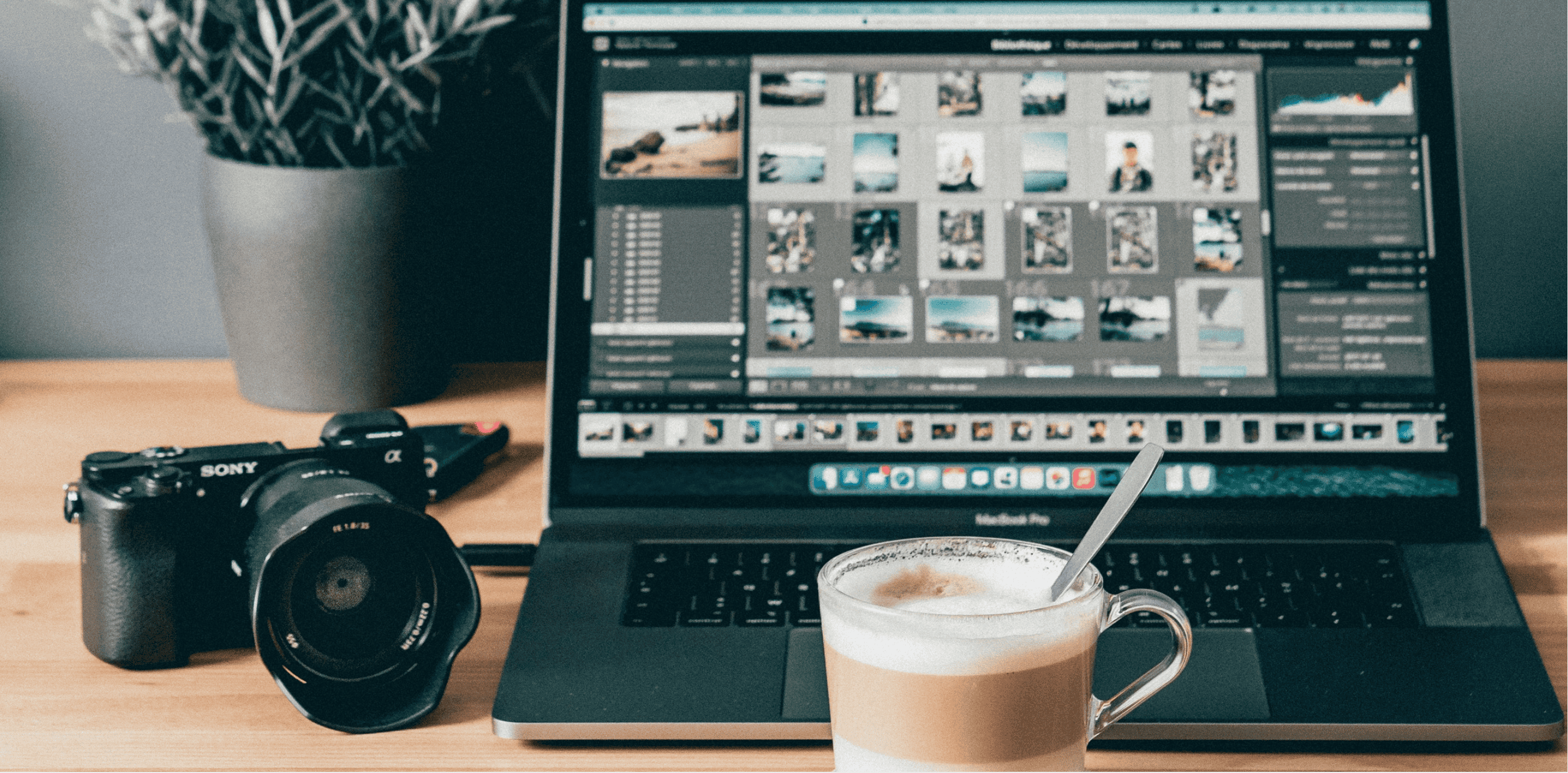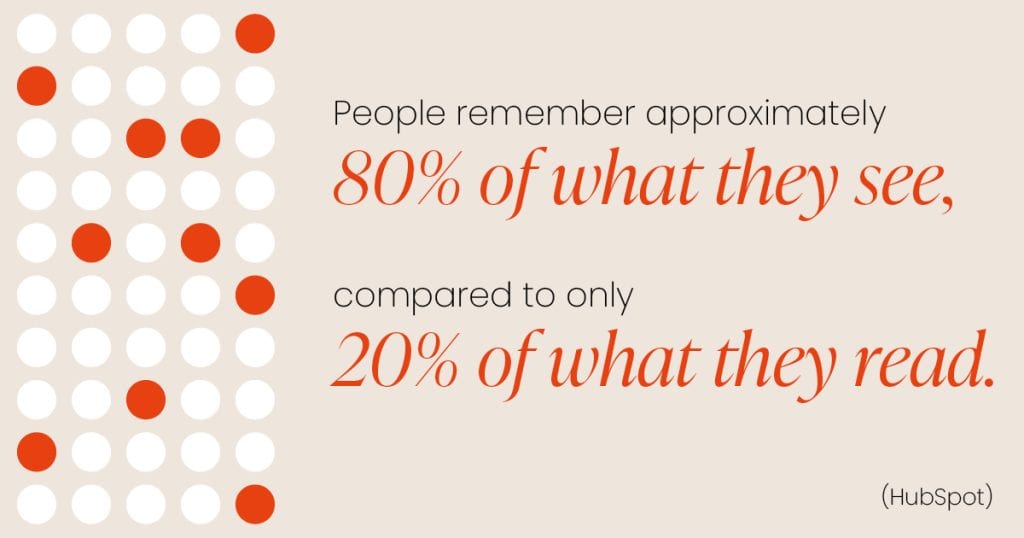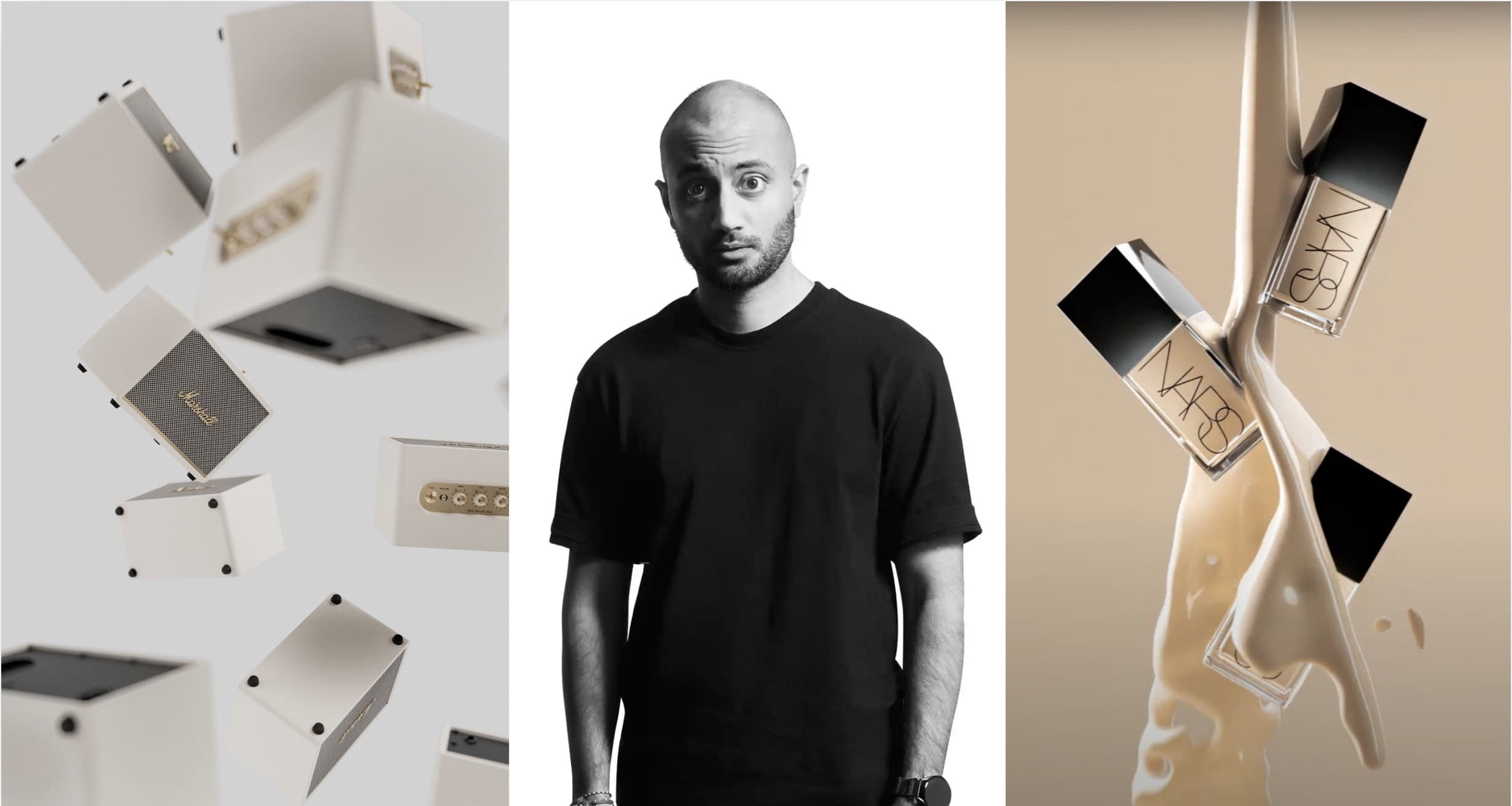
For any business, the relationship between SEO and Photography is crucial. This is not only to enhance user experience but also to improve website performance.
Using imagery is a great way to make web pages more enjoyable, engaging and memorable for users but, as with many things, only if done so correctly. If you use images that aren’t relevant or aren’t optimised correctly for the page, this can cause slower page speeds and a jarring user experience.

By adhering to the principles outlined below you can provide an optimal user experience and ultimately boost your KPIs.
How to correctly use SEO for website images:
File Name
Giving your images an appropriate and concise file name is the first thing you can do to help optimise images for your page. It should be relevant to what the image is and in turn relevant to the article or page. If you have an e-commerce site, your product pages will likely have multiple product images. These images should have file names that include your brand name and a product identifier which gives an idea of what the product is, followed by an alphabetical or numerical order so that search engines can establish what it is and how it relates to other images on the page just from the file name.
File Type
Using the correct file type will go a long way in ensuring your images are displayed appropriately. However, it’s not so much down to the image; it's more about how you want it to be used. PNG will preserve a transparent background, while SVGs are great for logos and icons because they can be resized without losing quality. JPEGs are great for larger images as they maintain great quality with a reasonable file size. WebP images offer an even better compression ratio producing higher quality images (Other Next Gen image formats aren’t supported by all platforms).
File size
File type is important because it affects the file size of an image. This, in turn, will affect how long it takes for the page to load. A fast page load speed is vital for a positive UX and can directly affect rankings and overall site health. Search engines only want to deliver the best pages to their users, so if your page takes too long to load then faster pages with the same information will be delivered ahead of you. This results in your competitors ranking higher than you in search results!

Alt Text
The technology available in today’s society helps to ensure more people with disabilities have the tools they need to use the web. Screen readers can be used to relay the information on a page and when it comes to images, they use the Alt Text to describe what the image is. If the Alt Text on a website image is left empty it’s as good as having no images at all. By not including this it can lead to key information being missed by search engines as well as users. Improving your site's accessibility as a whole will become infinitely more important if you do business in the EU as the European Accessibility Act is due to come into effect in June 2025. Not sure what this is? Read our blog on this new law for further information.

Dimensions/Responsive (srcset)
When including images on your site you should always ensure your dimensions are set either by percentage or pixels, and that they are responsive according to the screen size on the device being used. This ensures the space required for the image can be preserved and the rest of the page contents can be loaded around it while the image is loading. Setting these dimensions also reduces cumulative layout shift (CLS) as the page is loading. This is something that can be a frustrating experience for users and result in failing an aspect of Core Web Vitals.
It is important that you do check for guidance if you are targeting specific areas of the internet. For example, to ensure eligibility for Google Discover, there are image dimensions suggested so your image is displayed optimally. There is also guidance on image dimensions for Open Graph images.
Structured Data
Utilising structured data on your web pages makes it clear to search engine crawlers exactly what is on your page and where to find key information such as titles, images, and prices. Offering this information in an easy-to-understand structure, that crawlers are familiar with, allows them to register the data faster and move on to your other pages.
OG For Social
Specifying the Open Graph (OG) image for your page will ensure the selected image is the one displayed when you share your page on social media such as Facebook, X (formerly Twitter) and Pinterest. This makes for a more enticing link than just a URL and blank image box but it also helps set the tone for your brand.

Image sitemaps
If you have a significantly large website with thousands of images then it may be beneficial to host an image sitemap. This ensures all your images (including images offered via JavaScript that would otherwise be missed) are indexed alongside textual content. In return, this helps provide more clarity around the topic of your site and the content of your pages.
What now?
So, now you know integrating photography with your SEO strategy is more than just adding visuals to your pages; those images must be optimised for performance, relevance and accessibility. When properly managed the photography used on your website can contribute significantly to your overall SEO success.
Not sure where to start? We're here to do the heavy lifting for you! Contact us and see how our expert services can aid in your strategy.


